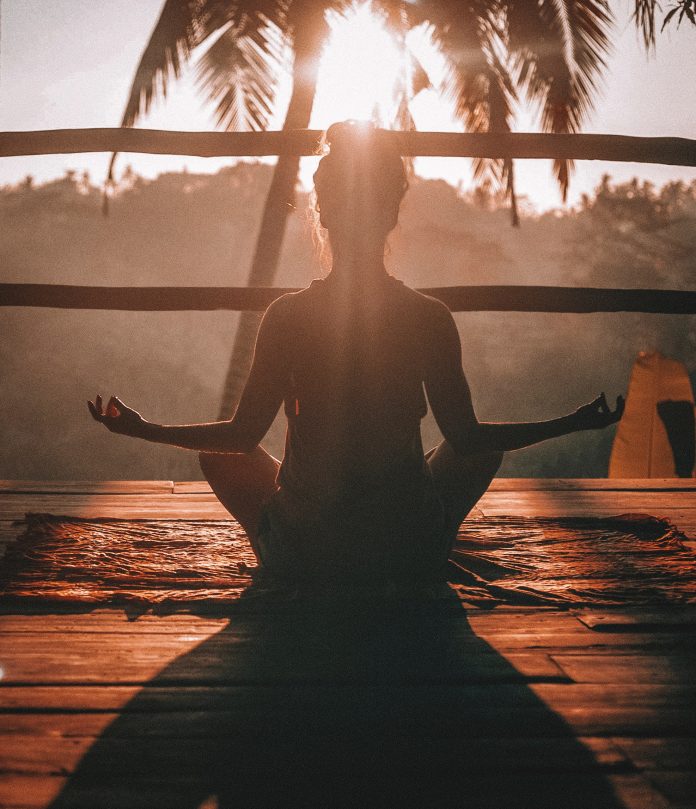Yoga is an ancient discipline that was developed to bring balance and health to all human physical, mental and spiritual aspects. It was a widespread practice. The Rigveda (the first book of mankind) mentions yoga meditation, while the Yajurveda recommends practicing yoga to improve mental health, wealth, and physical strength. Hatha yoga including mudras, asanas, pranayama, etc.”
What is Pranayama Yoga?
Pranayama is part of the yoga system that teaches you the art of extending your breath in different ways. Pranayama teaches us to change the depth, frequency, and pattern of our breathing. A great way to start the day. Learning breathing techniques in pranayama yoga positively influences our actions and thoughts. We breathe skillfully. Exhale and hold during pranayama. Mastering breathing techniques is an important step toward self-healing and survival.
Benefits of Pranayama
Pranayama techniques are very useful and beneficial in treating many stress-related disorders.
Improves autonomic function.
Pranayama helps relieve asthma symptoms.
Pranayama reduces signs of oxidative stress in the body. Contributes to a calm mind, strong will, and sound judgment.
Regular pranayama can improve your perception of life and extend your lifespan.
Many studies have shown that it causes cardiovascular changes, including lowering blood pressure.
Certain pranayamas are also great for weight loss.
Anuroma Viloma Pranayama
1. Alternate breathing (Anuloma Viloma)
This pranayama breathes through alternate nostrils of the nose. Also known as a nervous system cleanse, this is very calming and cleansing.
position:
– Sit comfortably in a chair with your feet firmly on the floor. Or sit cross-legged on the floor.
repetition:
– Start 10 breaths through the left nostril and 10 breaths through the right nostril. 2. Steps to Practice (Anuroma Biroma)
Alternating nostrils are usually closed with the thumb, ring finger, and little finger of the right hand. Close the right nostril with your thumb and the left nostril with your little finger. The mouth is closed and not used for breathing.
Other types of pranayama yoga
natural breathing
basic abdominal breathing
chest breathing
clavicle breathing
yoga breathing
Take a deep breath in relationships
quick breathing
Broma – Disturbed breathing
Cooling Breath – Sheetali, Sitkari, Kaki Mudra
Ujjayi – Breath of Victory
Brahmari – Humming Bee Breath
Basilica Bellow’s Breath
Surya Bhan – Breathe through the right nostril
Who Should Not Practice Pranayama?
Pranayama should be practiced with care and advanced pranayama under the guidance of a trained teacher is recommended. Not recommended during menstruation and pregnancy.
Avoid if you have a fever, bronchitis, or pneumonia.
when someone is undergoing radiation or chemotherapy.
It is not recommended for those experiencing mental health conditions, trauma, anger, fear, grief, grief, depression, or suicidal thoughts.
People with some form of heart disease, especially if they recently had a heart attack.













